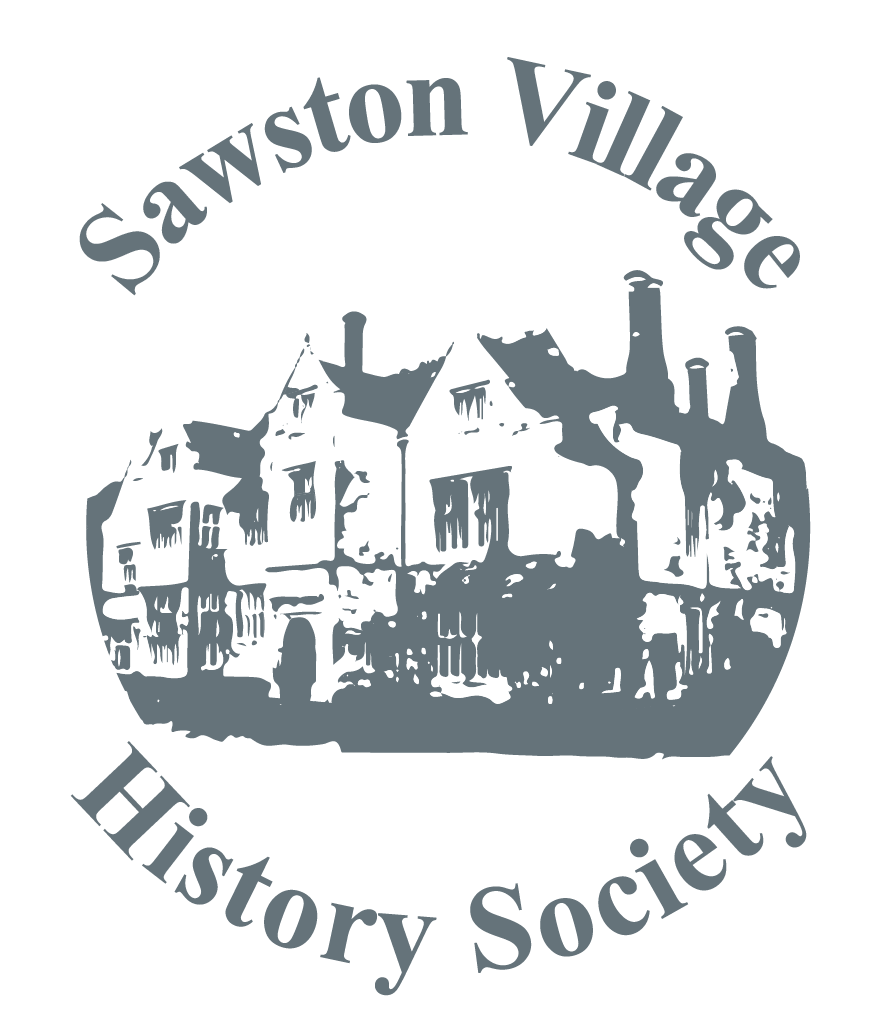
Bryan Howe, the Society archivist, gave a fascinating account of farming in and around Sawston, illustrated by his own personal experiences and recollections: My first meeting with a ‘Victorian’ farmer was with the late Arthur Rickwood, M.B.E., of Chatteris. Known all over the fens as The Carrot King, he had built up an enormous enterprise from nothing but hard work and non-conformist principles of good husbandry and financial prudence. He valued his environment, detested any who came to extract maximum profit from the rich soil and then moved on without putting anything back.
This was the abiding principle of farmers of this age, in tune with Nature and with God. It was a lesson never to be forgotten. (After the talk, two people spoke to me who also knew him and more or less agreed.) Arthur Rickwood gave two of his farms to the Ministry of Food for experimental purposes. They proudly bear his name and one trusts they are still being used profitably.
In those days long gone everything was recycled, animal and human waste due to the lack of plumbing as we know it. My grandfather, Ted Haylock, came from the same mould, albeit in a small way. He invariably took a prize or two at the annual flower shows in Sawston, particularly his gooseberries (flavour and size) which responded to liberal feeding with you-know-what. Now we are learning the lessons all over again; the continuity was lost due to modern way of life, mechanisation and politics.
For much of my life I have been involved in the supply end of farming, designing and producing farm buildings when government grants encouraged farmers to improve their holdings. The farming community is on a par with the military, much needed in time of war but ignored when the emergency has passed. Many suffered bankruptcy in the years following 1918, recuperated in 1940 for a decade or two, then again facing hardship due to events beyond their control. A few survive in the way their forefathers did, selling good produce to their local community. The Victorian farmers delivered their milk, took other products to the millers and the butchers who fed the public who worked for the farmers. Recycling at its best though the workers may not have agreed. A few were able to become smallholders and thus improve their lot.
In Sawston prior to 1802 there were 754 individual strips of commonable land, enough for people to scrape a basic living, but following the Enclosure Act those who couldn’t afford the cost of fencing off either worked as agricultural labourers or had to exist on poor relief. Some found work in the paper or leather factories but many of these jobs demanded skills that they lacked. The ‘new masters’ were Huddleston, Martindale, Robinson and Gosling. The local charities, Huntingdon and Wards, and the Rector, Thomas Cautley were awarded lands, and the rest was divided between some 32 individuals with 10 acres or less.
The 1851 census shows 7 substantial farmers totalling 816 ac, employing 31 workers, but 140 recorded themselves as farm labourers, By contrast the 1881 census shows 8 farmers and only 20 farm workers, but most of the working population seemed to be in gainful employment. By now farms had become mechanised with all kinds of devices being made by Garrett of Leiston, Ransomes of Ipswich, Headley in Cambridge and Maynards in Whittlesford , and so on into the present day.
Members of the Society were delighted to meet Rose Marie Dale a US descendant of the Huddleston family, and David Dale, from Seattle. They made a flying visit to Sawston on 29th May and Louise Knight very kindly agreed to show them around the Sawston Hall. Afterwards they were taken to St Mary’s Church where they were shown the memorial to John Huddleston (died 1530) and the marble tombstone of Elizabeth de la Pole (died 1423) who was his great, great, great grandmother. Our American visitors were very impressed that they were also related to the very important de la Pole family. The males tended to get killed or lose their heads which is probably why the family name became extinct after about 1500. They greatly enjoyed their visit and especially appreciated Louise’s fascinating tour both inside and outside the Hall.